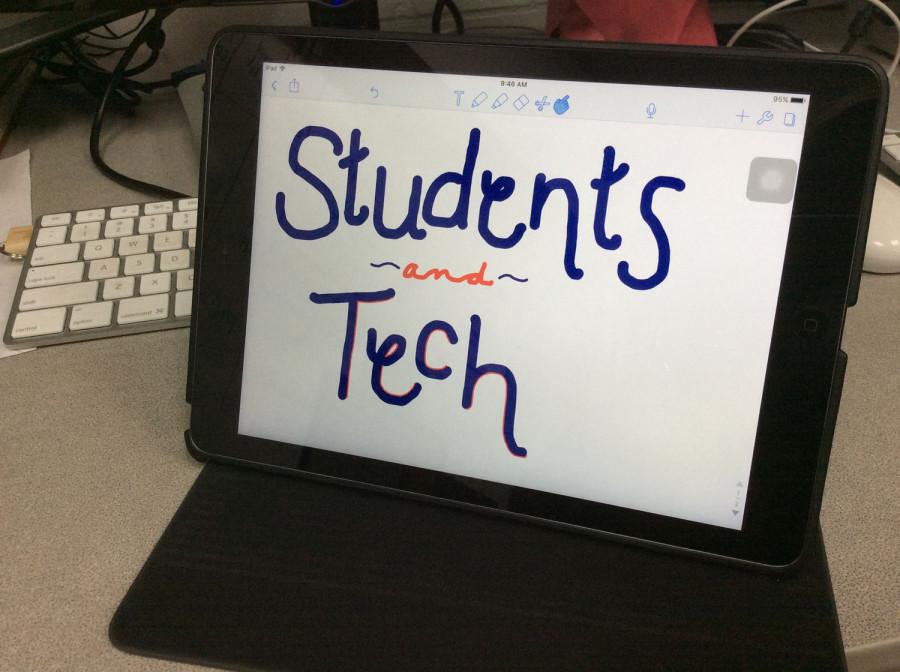Opinion: Navigating the Technology Scene
October 27, 2016
When you hear the word “media,” what do you think? Most people tend to think of forms of entertainment such as television shows, films and music. For most young people, media means social media, including websites and apps that are associated with social networking. This includes sites like Facebook, Instagram, Twitter, etc. Obviously, these types of media haven’t always been here, which brings up the question: How has media changed?
In a world where media is so influential to children and adults, it is important to know how media works, how significant it is in our lives and even how it has transformed over the years.
For the past 10 years, there has been a considerable amount of change when it comes to time spent on technology. The statistics based on the time usage for technology seems to point to a small rise. However, does that rely on the people? Or is it the innovation of media devices itself?
In the recent years, media devices have gone through an increase in innovation that is hard for people to keep track of. These devices have become much more advanced because of the new features being utilized. Computers and other devices now impact how we work, how we communicate and how we learn. They can be fundamental tools when it comes to technology. Yet, because of the way that these devices work, they are turning into much more than just a tool.
“I actually use my iPad more than anything else,” freshman Yaharia Rodriguez said. “I use it for five hours [a day] and I watch T.V. for about one hour.”
A Kaiser Family Research study gave an interesting insight on media. It revolved around the amount of time that one person spent on media on a typical day. In this study it had shown that an average child from the age of 8 to 18 had spent around seven and a half hours on social media a day in 2014. Now, compare that to the average watch time of three and a half hours of the children of 1995. That is a really big change, but it is also a big gap between the years. All of this seems to point back to time. It seems that all of this is a result of the technological advancement.
“The reason that I spend most of my time on my phone is because I watch T.V. episodes on it. Each episode is about 20 minutes long and I watch about five episodes on an average day.” freshman Irvin Elizade said.
Today, people can rely on online media instead of television itself. Applications like Netflix and YouTube allow people to turn their phones into hand held televisions.
“I don’t even watch T.V., but I use my phone for about three hours a day,” freshman Maria Robles said.
Studies have also shown that time has impacted the ownership of these devices. The Kaiser Family Research study showed that, in a five year gap, the ownership of an iPod/MP3 player nearly quadrupled from 18% to 76%, among children from the ages of 8-18.
Meanwhile, cellphone ownership had risen from 39% to 66%, and laptops had gone from 12% to 29%. But what does this mean? It seems as though, as time has passed, more and more children have began to buy these devices. But why is that? It may be because as time goes on, these businesses began to improve their devices with extra features. These features began to revolutionize technology with a domino effect, changing the way the devices work, and eventually changing the way traditional media works.
With everything comes change, and media is no exception. Judging by the statistics, it isn’t hard for people to adapt to it.









